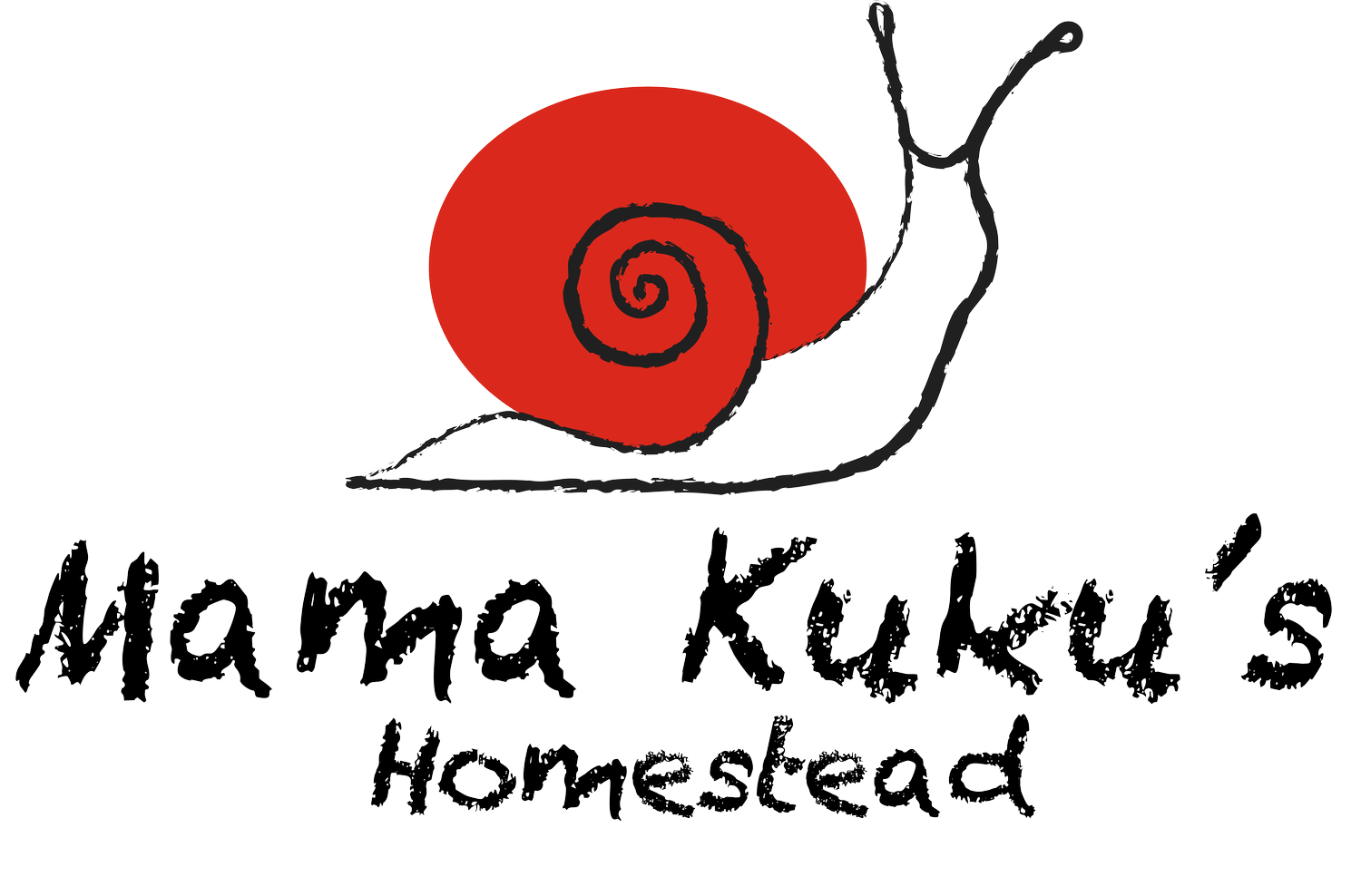🐌 Snails as co-workers, decomposers, and slow revolutionaries
A few years ago, when I told people that snails would become my co-workers, they laughed. Like, belly-laughed. And honestly? I didn’t blame them. It’s not every day you hear a Nigerian woman in the middle of Texas talking about building a business with a team of gastropods.
But here I am; standing in the Hill Country, watching these slow, soft creatures glide silently across soil I’m rebuilding from scratch. And I’ve never been more certain: they’re part of something much, much bigger than we give them credit for.
Snails don’t hustle. They don’t do grind culture. They don’t ask for applause.
They just do the work; quietly transforming waste into nourishment, decay into life, rot into rhythm.
And somewhere between the compost bins and the studio, I realized: I’m not just farming them. I’m learning from them.
At the BioCycle Hub, we don’t raise snails like livestock. We collaborate with them. We feed them what most people throw away; carrot tops, healing herbs, wilted greens. They metabolize it all and give us compost, protein, and a model for how mutual care actually works. No drama. No emissions. Just a humble little engine of circularity, housed in a system that fits on a countertop or rolls up to a schoolyard.
It’s not just cute. It’s efficient and anti-extractive.
We live in a world that loves the loud stuff; the fast, the flashy, the disruptive. But snails? Snails teach another way. One where you show up consistently. You restore what’s broken. You don’t overcomplicate things.
That lesson has made its way into everything I design.
“The Space Between,” a pair of sculptural chairs I created as part of my Pacifying Vata Dosha collection.
Take The Space Between, a pair of sculptural chairs I designed for my Pacifying Vata Dosha collection.
They were inspired by the nautilus shell—curved just enough to cradle the body, spaced just right to honor presence and access. That spiral? It’s more than a visual motif. It’s nature’s reminder that everything evolves at its own pace.
We live in loops, not lines. Snails know this.
And let’s be real: this isn’t about some abstract design philosophy. This is personal. My people? We come from villages where snails weren’t some French delicacy. They were Tuesday night dinner. They were survival food. Celebration food. Protein you didn’t need land to raise or loans to access.
So when I say heliciculture is part of our future, I’m not pitching novelty. I’m reminding us of what we already knew—before systems told us to forget.
Snails are the on-ramp. To circular agriculture. To food sovereignty. To dignified land work that doesn’t require 40 acres or five figures. They’re how we say: you belong in this too.
They move slow. But they never stop. They decompose, rebuild, and heal the soil as they go.
That’s what we’re doing, too.
Through our BioCycle strategy, we’re building systems that regenerate not just land, but livelihoods. It’s about biodiversity. Income equity. Cultural memory. Soil health. Food that makes sense.
It’s about not waiting for someone else to fix it—but building the thing ourselves, with all of the expertise we’ve got.
Much love,
Ozi
Want to keep up with the project?

